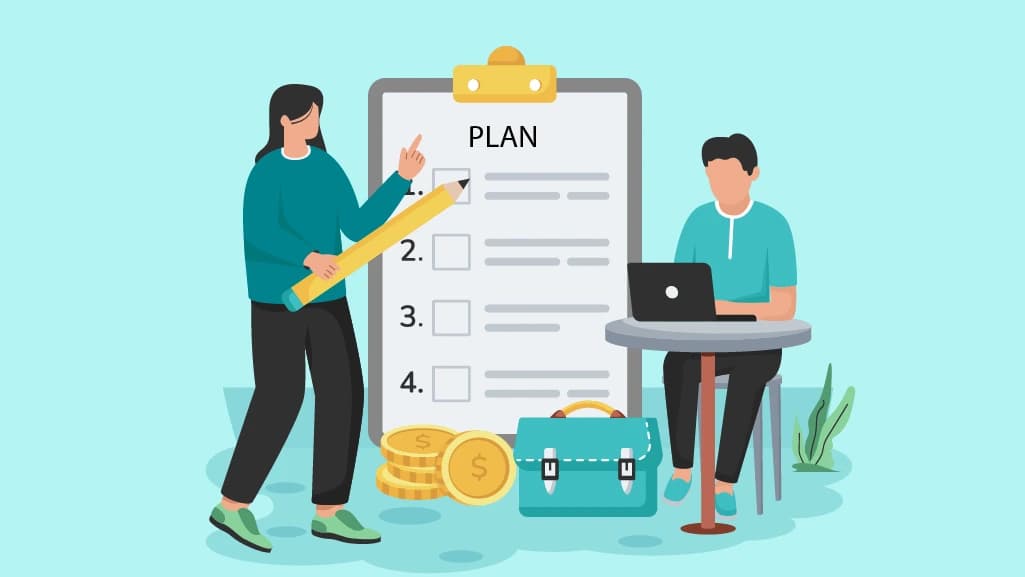
Keeping employees motivated isn’t just about giving them yearly raises or future big rewards. Sometimes, people work their best when they know they’ll be rewarded right away for doing a great job. Short-term incentive plans help companies quickly thank and reward employees, boost results fast, and keep everyone excited throughout the year.
What is a Short-Term Incentive Plan (STIP)?
Types of Short-Term Incentives
- Cash bonuses: Employees get extra money for hitting goals or completing important tasks. It’s a quick way to reward success.
- Commission-based incentives: Workers earn a percentage of the money they help bring in through sales. The better they sell, the more they earn.
- Spot awards: Surprise rewards given right away for doing outstanding work, like going above and beyond.
- Profit-sharing: When the company does well, employees get a small share of the profits. It makes everyone feel part of success.
- Non-cash rewards: Gifts like travel vouchers, event tickets, or merchandise that show appreciation without using cash.
How Short-Term Incentive Plans Work
- Eligibility criteria: The company decides which teams or roles can earn these rewards based on how much they contribute to achieving business goals.
- Performance metrics: Clear targets, such as sales numbers, customer ratings, or project completions, are set to track success.
- Goal setting and alignment: Employees and managers agree on goals that are realistic, measurable, and support the company’s bigger objectives.
- Payment frequency: Bonuses or rewards are handed out on a set schedule, monthly, quarterly, or yearly, to keep people motivated and appreciated throughout the year.
Examples of Short-Term Incentives
- A sales team earns quarterly bonuses for exceeding revenue targets by 10% or more.
- Customer support reps receive spot awards for achieving the highest satisfaction ratings in a given month.
- Operations teams share in profit distributions when the company hits quarterly margin goals.
- Project managers earn milestone bonuses upon successful on-time, on-budget delivery of key initiatives.
- Retail staff receive gift cards or experiences for hitting daily or weekly conversion goals.
Calculation and Payment of STIPs
- Percentage of salary: Bonuses are usually a percentage of your basic salary, ranging from 5% to 50%, depending on your job role, seniority, and performance.
- Performance tiers: Tiered structures reward different levels of achievement. For example, 80% of the goal might earn 50% of the target bonus, while 120% of the goal earns 150% of the target bonus, motivating overperformance.
- Fixed payouts: Some plans give a set amount for reaching clear goals, simple and predictable, but not as flexible for extra performance.
Benefits of Short-Term Incentive Plans
- Boosts employee motivation: Immediate rewards create a direct link between effort and recognition, energizing teams and reinforcing behaviors that drive results.
- Aligns employees with company goals: STIPs ensure individual performance objectives ladder up to organizational priorities, creating shared focus across the business.
- Enhances productivity: When employees know exceptional work will be rewarded quickly, they’re more likely to maintain high performance levels throughout the measurement period.
- Attracts and retains talent: Competitive incentive programs differentiate your organization in the talent market and give high performers compelling reasons to stay engaged.
Short Term Incentives vs Long Term Incentives
Feature | Short Term Incentives | Long Term Incentives |
Time frame | Typically quarterly or annual | Multi-year, often 3-5 years |
Focus | Immediate performance and tactical goals | Strategic objectives and sustained growth |
Examples | Cash bonuses, commissions, spot awards | Stock options, RSUs, deferred compensation |
Best for | Driving quick wins and maintaining momentum | Building loyalty and long-term commitment |
Short Term Incentives vs Long Term Incentives
- Budget and ROI: Make sure the incentive plan is affordable and actually brings more value than it costs. The rewards should lead to real performance improvements.
- Transparency and communication: Clearly explain how the plan works, what success looks like, and how rewards are calculated. This helps employees trust the process and stay motivated.
- Measuring performance fairly: Use clear and measurable goals that every employee can influence. Ensure targets are fair across different roles, markets, or regions.
- Alignment with long-term strategy: The plan should support the company’s long-term goals, not just short-term wins. Avoid incentives that might harm sustainable growth or company culture.
Conclusion
As workplaces continue to evolve, using modern platforms like Advantageclub.ai makes it easier for organizations to manage incentives and rewards seamlessly. These tools ensure transparency, simplify tracking, and make the entire experience engaging for both employees and HR teams.






